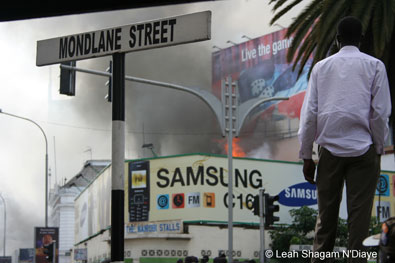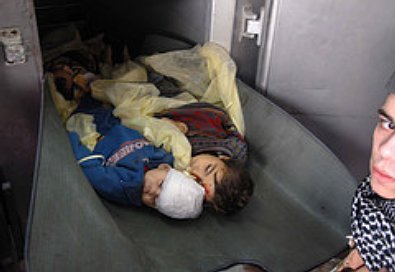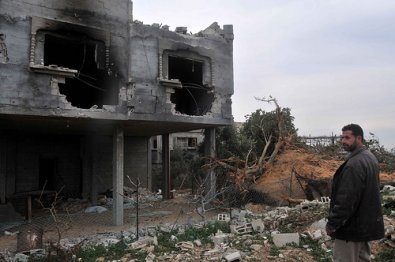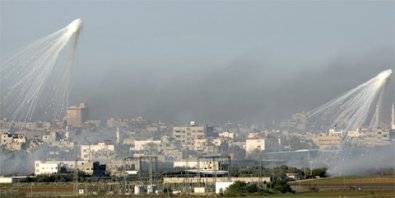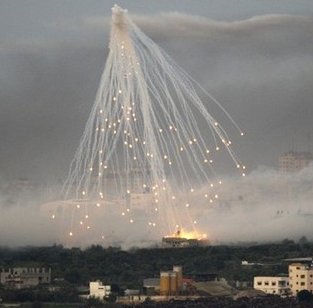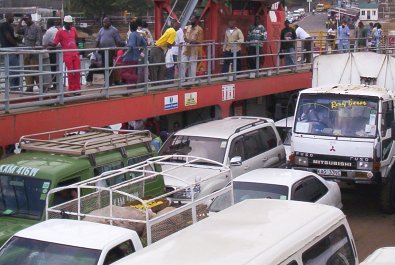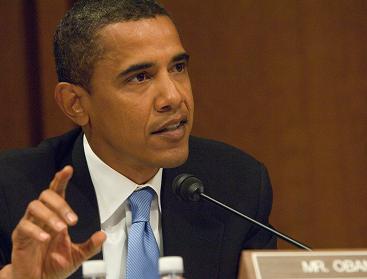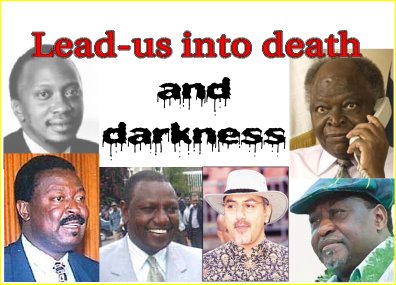The Michuki rules failed not only because they cannot be sustainably enforced but because the tough measures were driven by factors other than road safety.

Public service vehicles on a Kenyan highway
Motoring analysts and traffic police officers say John Michuki never really meant to cut down road accidents in the country.
Instead, the Michuki rules were intended to bring down established bus operators and replace them with a monopoly whose ownership is linked to powerful figures close to President Mwai Kibaki.
At least twenty national bus companies collapsed within two years of the implementation of Michuki rules on 1st February 2004. The financial strain of the arbitrary decree was more than any business could bear. Companies that were servicing loans were forced to divert hundreds of millions of shillings into seat belts and speed governors.
Kenya Bus Services (KBS), which had plied Kenyan roads from 1934, struggled for a year under Michuki rules but finally died. In its place, Citi Hoppa became the new Nairobi bus company but it lacks the technical and managerial capacity of the old Kenya Bus. Citi Hoppa is associated with President Kibaki’s parliamentary Chief Whip, George Thuo.
Unlike KBS which went to every corner of Nairobi, Citi Hoppa prefers operating on a few routes with good roads mostly around Kenyatta Hospital, Ngummo and Kawangware. Far away suburbs such as Dandora and Kayole whose roads are in poor state are largely ignored. After KBS collapsed, rickety matatus rushed to fill the vacuum with negative effects on road safety. With more matatus on the road, criminal gangs have become stronger through extortion rackets. Kayole area is now effectively governed by such gangs.
What exactly were the Michuki rules?
After the National Rainbow Coalition (NARC) won the 2002 polls, one of its pledges was to make Kenyan roads safer. The annual death rate from traffic accidents was in excess of 3,000. The transport minister at the time, John Michuki – a key Kibaki ally – proposed the tough measures in his first year of office.
Michuki decreed that all commercial vehicles fit speed governors set at 80 kilometres per hour. On city streets, the speed limit was enforced at 50 kilometres per hour. Seat belts were to be fitted for all seats in buses and matatus.
Standing passengers in city buses were banned. Meanwhile, the passenger capacity of matatus or minivans was reduced from 18 passengers to 13. In addition, crews of buses and matatus had to be vetted by police and receive a Certificate of Good Conduct before employment. Michuki made it mandatory for bus and matatu crews to be in uniform and to have their pictures posted in the vehicle.
Effects of Michuki’s rules
KBS was most affected by the ban on standing passengers. During its 70 year operation, KBS was licensed to carry standing passengers within the capital city. The company’s buses could carry over 100 people a time. After Michuki’s edict, KBS could only carry 48 passengers per bus. The move was a disaster in addition to the unplanned costs of seatbelts and speed governors.
KBS buses were low speed, city transport carriers that, even without a speed governor, could not surpass 80 kph. Since the company was already adhering to decades-old city bylaws, KBS management pleaded for an exemption. Michuki rudely dismissed them saying that competition from Citi Hoppa would be, “healthy.”
After Michuki’s rules were effected in February 2004, there was an immediate reduction in road accidents. Kenyans were convinced a new era of road safety was in place. However, the reduction in road accidents was merely cosmetic as explained by a motoring analyst:
“The Michuki rules reduced the number of vehicles on the road while reducing the number of passengers in each vehicle,” explains the motor consultant. Fares doubled as transporters raised money to conform to the rules. “The immediate increase in fares forced people to cut down on travelling, meaning that each passenger was exposed to a lower risk.”
“After February 2004, there were fewer public service vehicles, each vehicle carrying fewer passengers, and each passenger travelling less often. Therefore, even if the percentage rate of accidents remained the same, the actual figures would be lower.”
“Let’s say, for example, that 5 percent of all vehicles will be involved in an accident. 5 percent of 20,000 vehicles will give a lower accident figure than 5 percent of 50,000 vehicles. That is what happened” says the consultant.
Eventually, the high fares in public transport attracted massive investment, what Michuki called “healthy competition.” There was a rapid increase in the numbers of new public transport vehicles, to the extent that the government ran out of registration plates. Intense competition forced operators to reduce prices. By 2006, public transport fares were down to pre-2004 levels. Passengers began travelling more often.
The economic boom of 2006 and the hawking of low interest loans by commercial banks resulted in more Kenyans buying private cars. With more cars, matatus and trucks on the road, and each passenger travelling more frequently, the actual road accident figures began rising.
Motoring analysts blame road accidents on a poor driving culture, badly designed and neglected roads and poor enforcement of existing traffic laws. Kenyan police are notorious for demanding bribes only to turn against the same motoring public by conducting “crackdowns” whose only achievement is inconvenience to travellers.
Last Christmas, the Kenyan Police conducted an ill-planned crackdown on Christmas Eve that paralysed public transport. Needless to say, the sight of stranded families on the roadside did not do much to improve the government’s image.
Filed under: Analysis, News | Tagged: citi hoppa, corruption, george thuo, john michuki, KBS, kenya, kenya bus services, kenya police, matatu, michuki rules, mombasa, mwai kibaki, nairobi, public transport, road accidents, traffic | Leave a comment »


